Chickens come in a rainbow of colors – and in patterns from solid to striped, and even spotted. Their feathers themselves can be patterned and vary in texture. Some of the terms to describe these are straightforward, while others take some practice to identify. But, with a keen eye, you’ll be able to identify these chicken colors, markings, and feather textures.
Colors and patterns of chickens
Some colors of chickens are solid, while others are patterned. Solid colors may look similar upon first glance, but their sheens or hues set them apart from each other. Likewise, some patterns look similar, but finer details of individual feathers will help you differentiate between them.
Solid colors
Sometimes referred to as “self” colors, solid-colored chickens are uniform in appearance and are not mixed with any other colors.
Bay
Brown, with golden undertones.
Black
Uniform, black coloration of all feathers. Black feathers usually sport a beetle-green luster.
Blue
At first, blue chickens may appear gray, but actually have pale to deep blue hues. This color is the result of a diluted black gene.
Brown
Solid brown all over, ranging from light to dark brown.
Buff
A uniform shade of gold or tan.
Chesnut
Dark brown with a red hue. This color is darker than bay.
Cinnamon
A dark, reddish-brown that resembles a cinnamon stick.
Cinnamon
A dark, reddish-brown that resembles a cinnamon stick.
Fawn
Light brown or beige.
Lavender
Light gray to off-white with a subtle purple hue.
White
Lack of pigmentation, causing no color in the feathers.
Feather patterns
Individual feathers can have stripes, edging, or spots, resulting in a patterned chicken. Feather patterns are beautiful and intricate, to the delight of new and seasoned chicken keepers.
Barring
Horizontal, defined stripes (“bars”) of two colors along the feather.
Cuckoo
A subtype of barred, the lines are not as defined and bleed into each other.
Double-laced
A pair of black lacings.
Lacing
A stripe or trim around the edge of a feather in a contrasting color.
Mottled
Where only some feathers have white tips. These white spots are the absence of pigment, and will be randomly interspersed throughout the plumage.
Penciling
Thin lines that contour the feather, usually in multiple lines.
Spangled
Like mottled, but the absence of pigment is in the middle of the feather rather than the tip. Feathers still have colored tips and bases.
Splashed
Feathers with random “splashes” of a contrasting color.
Striped
Feathers that have a solid center with a contrasting color along the edge. Stripes can be found in hackle and saddle feathers.
Color patterns
Different from individual feather patterns, color patterns occur when portions of chickens are different colors. Usually, color patterns are noticed with contrasting head and tail feathers, but a few are less obvious.
Birchen
Black bodies with silvery white heads and hackles. The breast feathers are black with a narrow trim of silver.
Columbian
The body is white, with a black tail. Hackle feathers are black, and laced with white.
Mille Fleur
Meaning “thousand flowers” in French, the feathers are mahogany in color, with a crescent-shaped black bar followed by a v-shaped white spangle on each tip.
Partridge
Reddish-bay color with 3 black pencillings on each feather. The tail is black.
Red Pyle
White bodies with red or orange hackles, saddle feathers, and wings in roosters; hens are white with golden heads. This pattern is exclusive to Modern Game and Old English Game chickens.
Salmon
Patches of pale salmon colored feathers on a white base color. This color is exclusive to Faverolles.
Silver
Silvery-white base with shades of white, black, and greenish-black feathers.
Wheaton
Dark gold the color resembling wheat, with amber or orange hues. Hens have darker heads and tails, and roosters have more color variation.
Description of feathers
When referring to feathers, there are some terms that chicken keepers use to describe their color order, location, and sheen.
Brassy
When feathers take on a yellowish discoloration, typically on the back and wings.
Dusky
Yellow pigmentation that is shaded with black, resulting in a mousey-brown color.
Ground color
The base color of a chicken’s plumage.
Luster
How the light interacts with the surface of feathers, which can alter the perception of color.
Peppering
Feathers that are dotted with small, irregular spots.
Self-color
Uniform in color, without patterns of any kind.
Ticking
Where areas of plumage have spots of a different color from the rest of the body. Also known as “stippling.”
Feather textures
In addition to being patterned, feathers can be different textures based on a chicken’s genetics.
Hard feathered
Feathers that lay flat against the body, giving the chicken a sleek, smooth appearance.
Frizzled
Feathers that curl outward and back toward the chicken’s head. The resulting appearance could be described as windswept, or artfully chaotic.
Soft feathered
Feathers that fluff outward, giving the chicken a full, rounded appearance.
Omlet and your flock
No matter what color, pattern, or texture of chickens you keep, they all benefit from the same chicken-keeping essentials. From secure hen houses and walk in chicken runs to automatic chicken coop doors, we have what you need to keep your flock at their finest. With products like the Freestanding Chicken Perch, your hens will be able to display their unique attributes, instantly elevating simple yard art to living art.


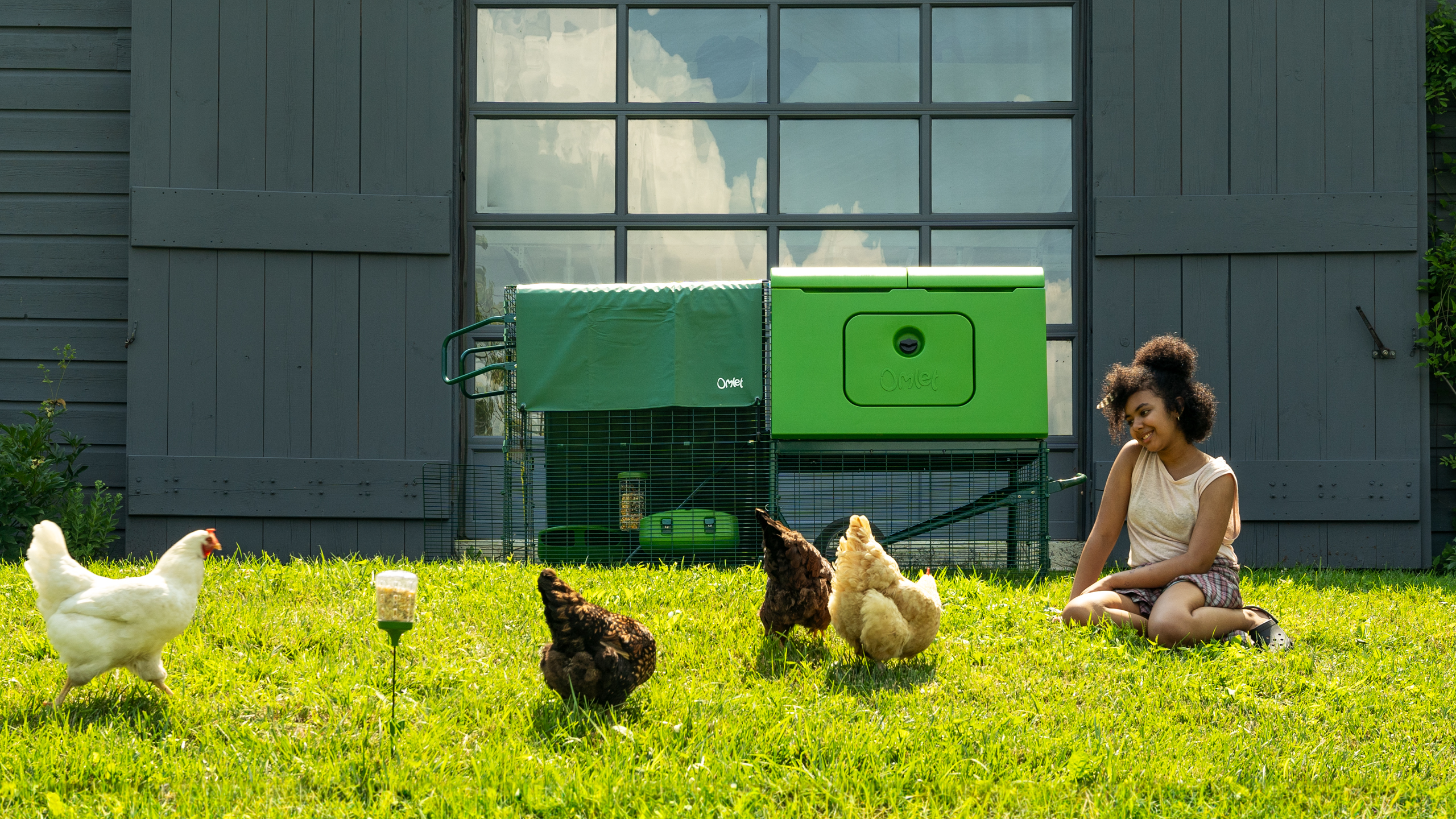
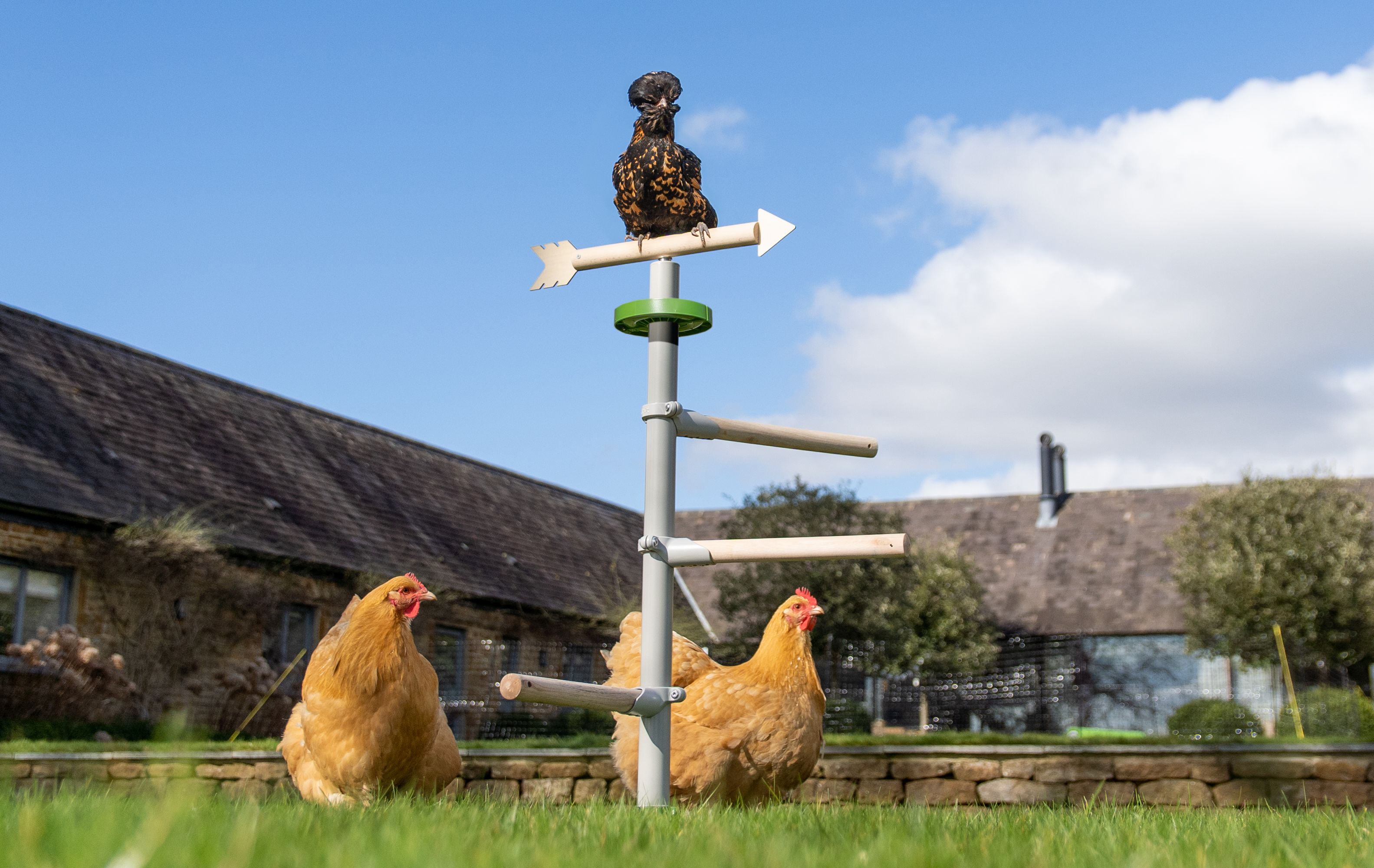

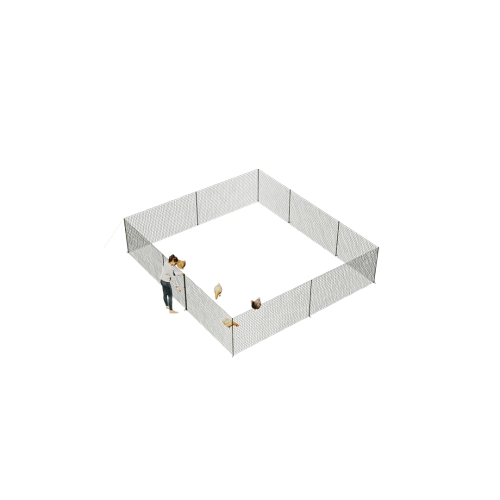
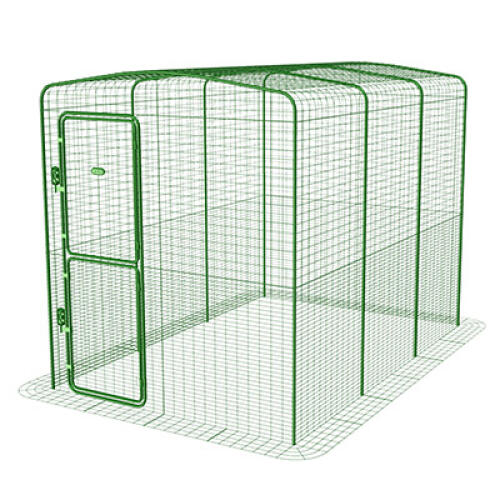
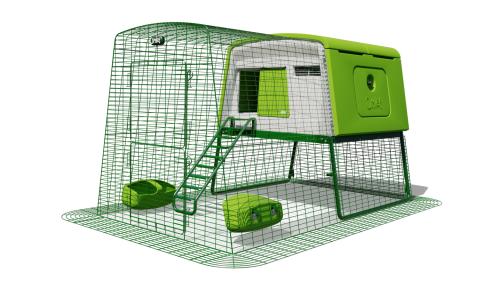
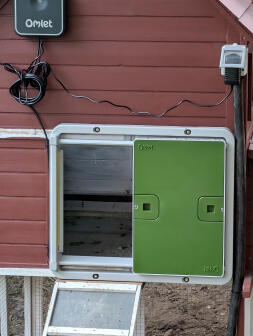
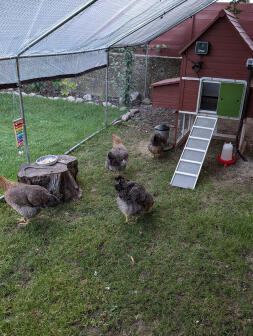
Comments
Fiona, 20 November 2021
Thank you for this great post. I found it to fresh and helpful in this day and age of quick and wrong is king.
Hansell, 6 April 2020
Interesting info for new owner of chickens
Claudia, 9 July 2016
Very nice colour! Does Rosalyn Serex sale chickens? How can we contact her? Thank you!